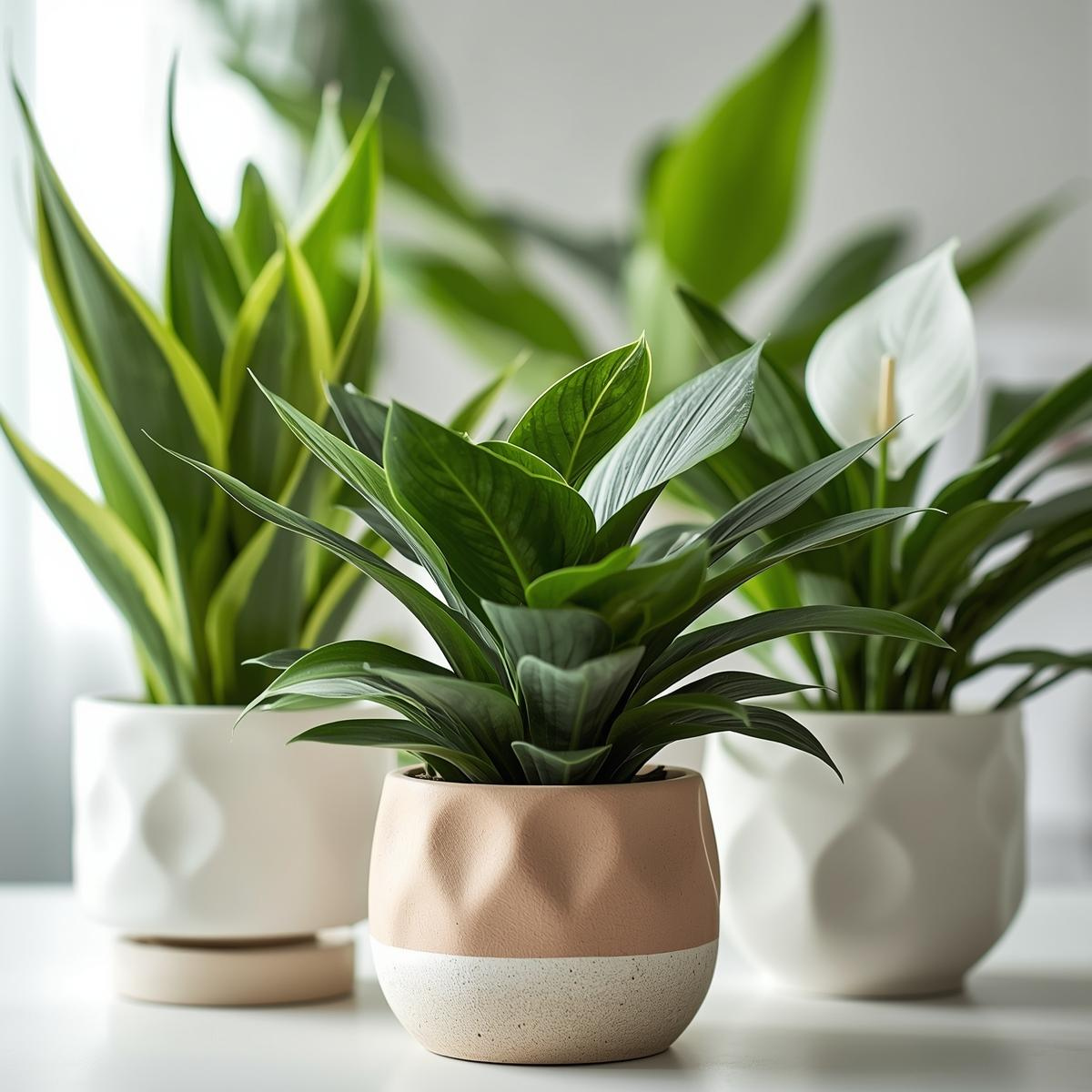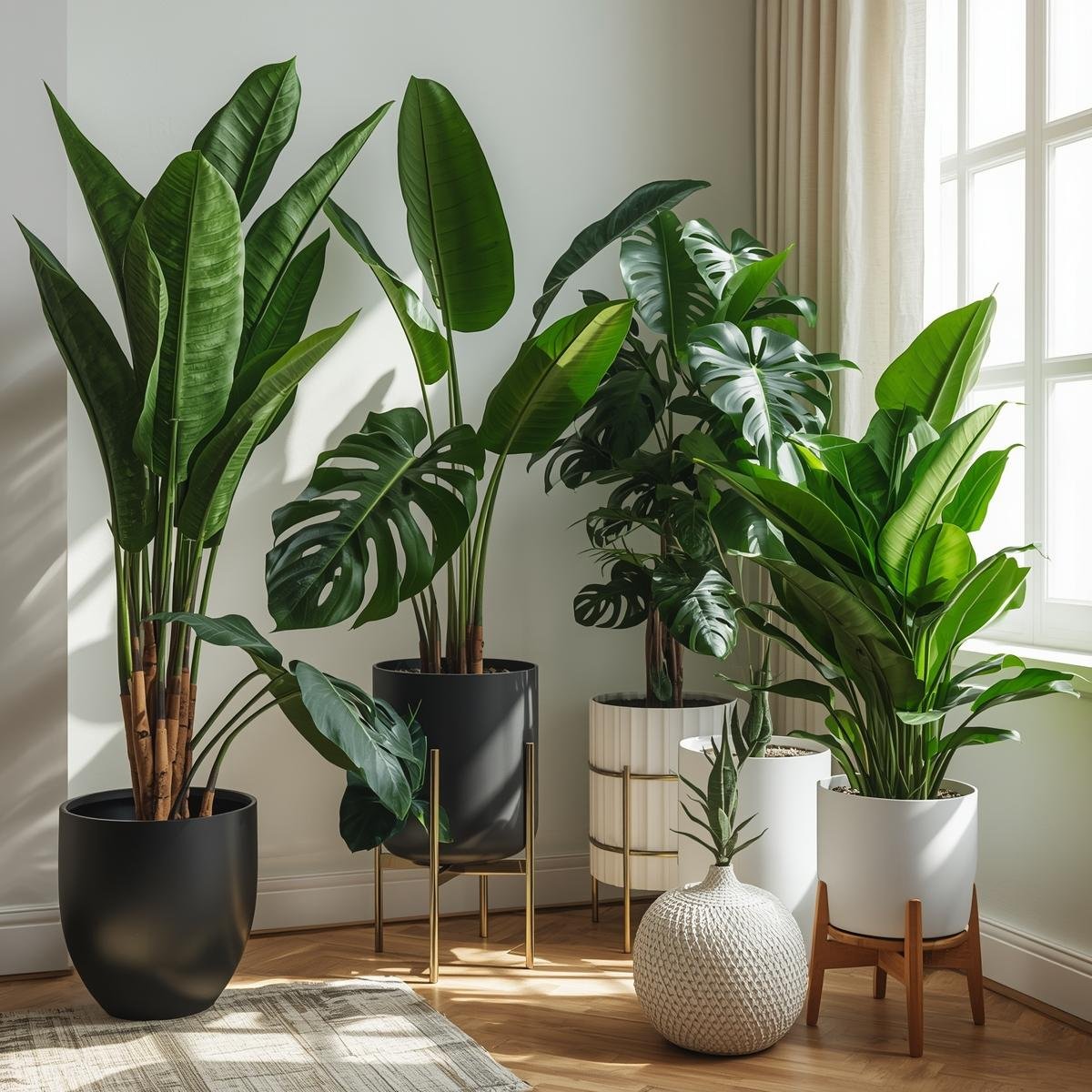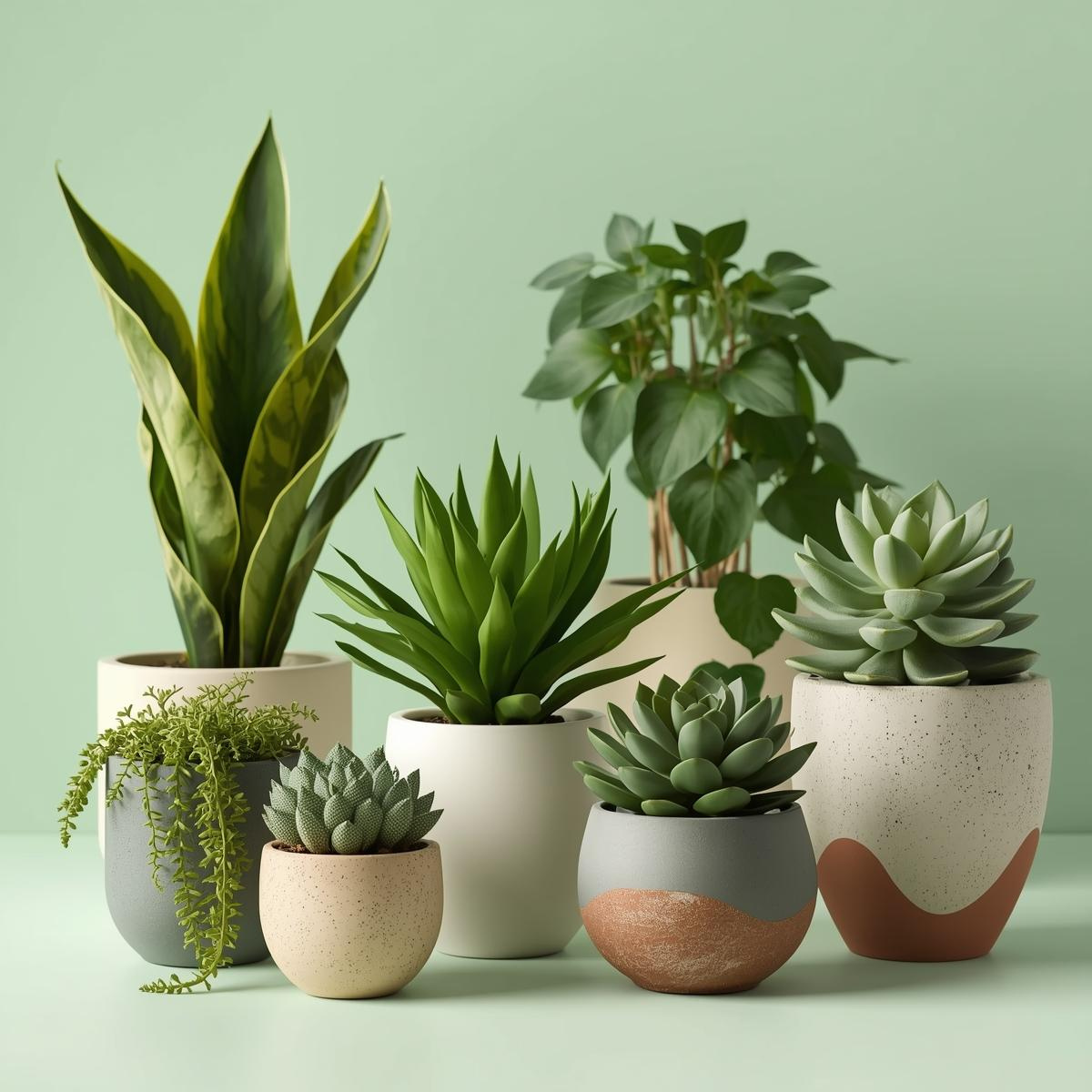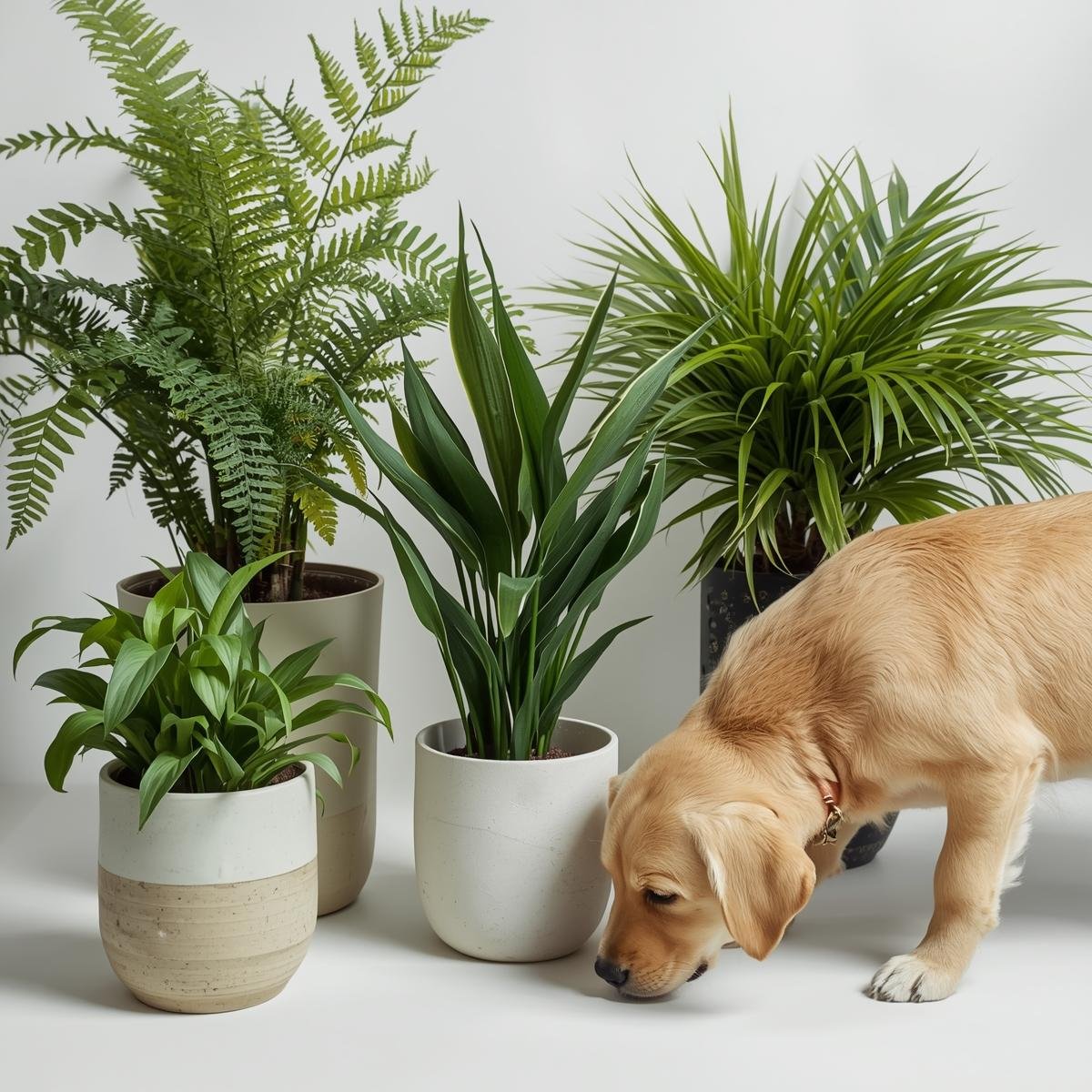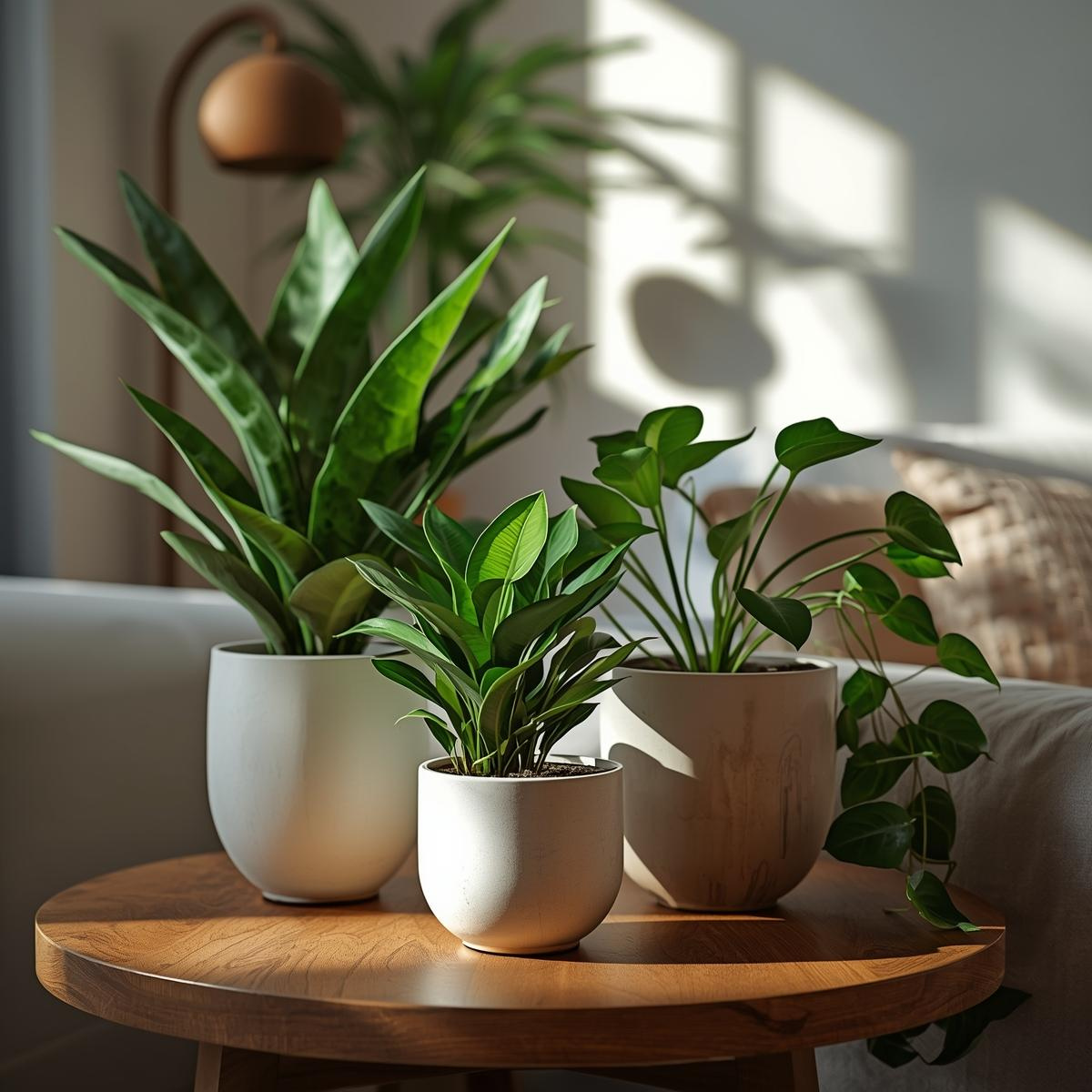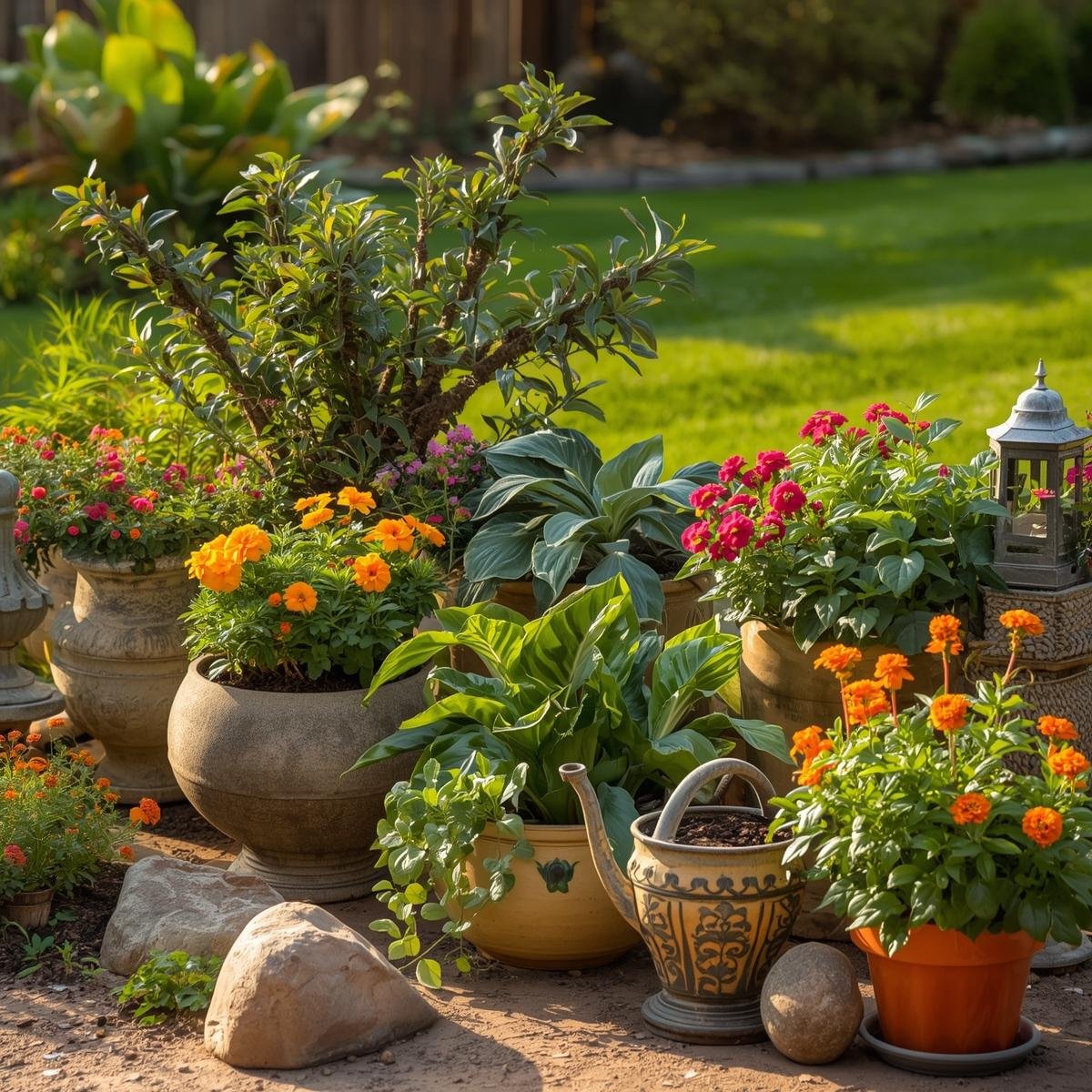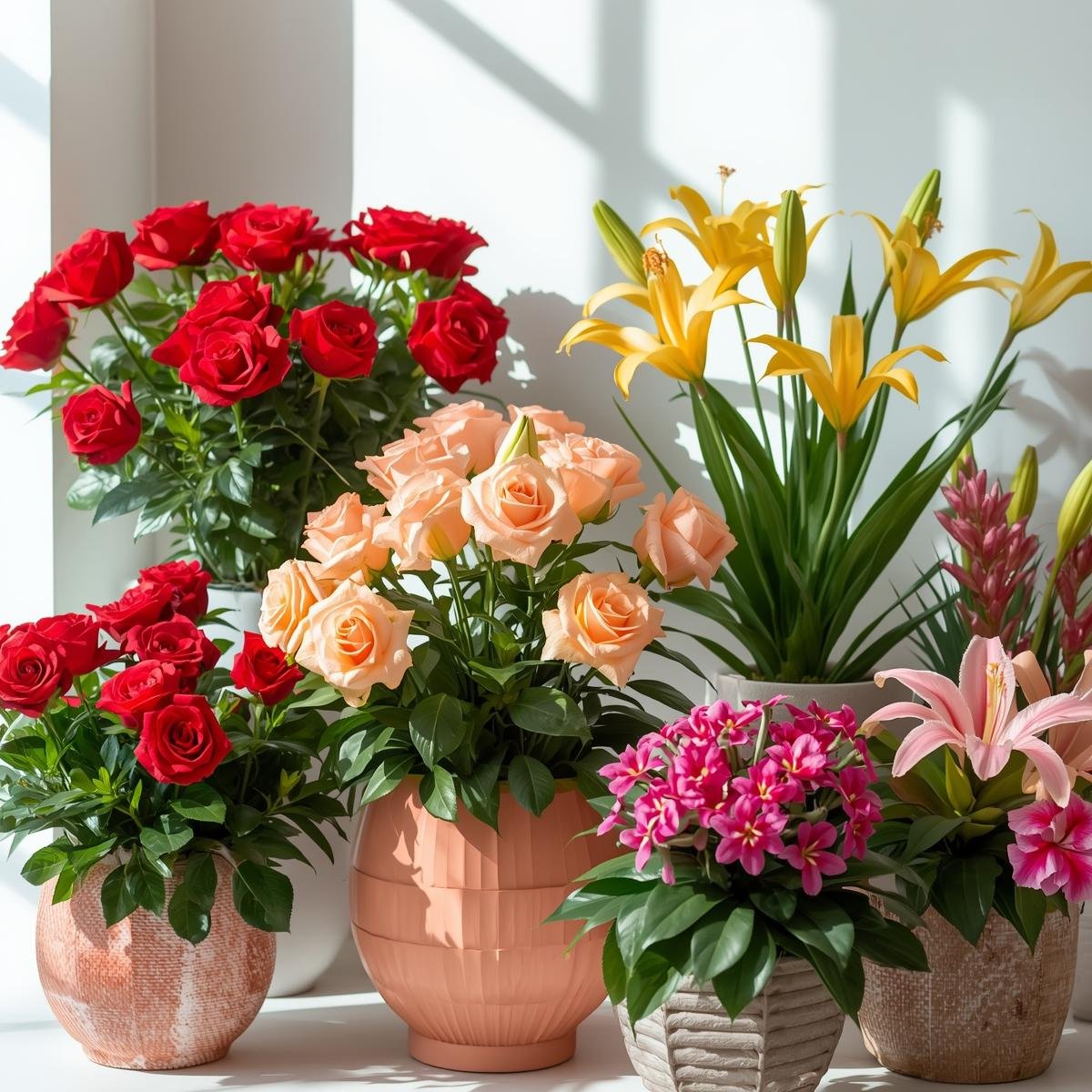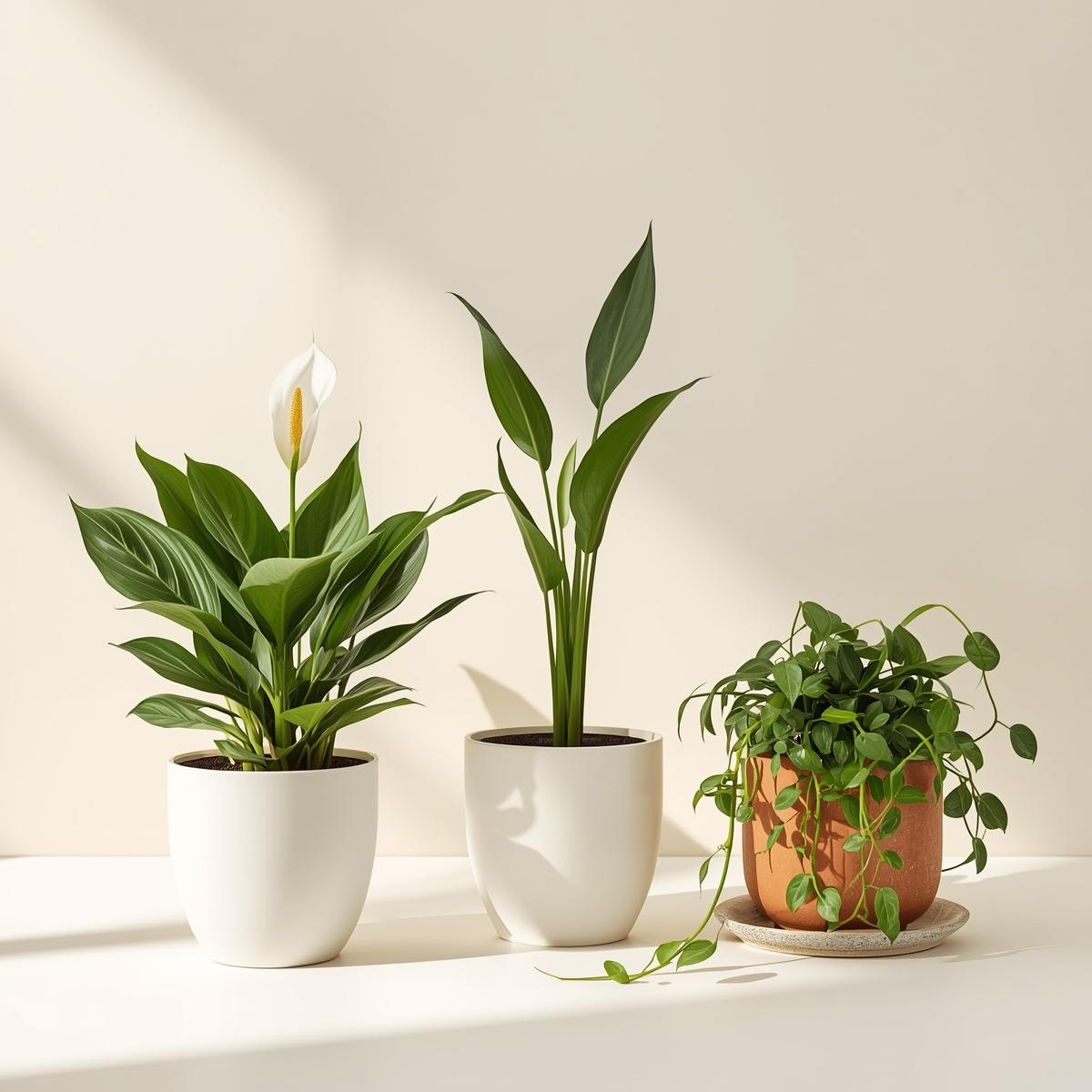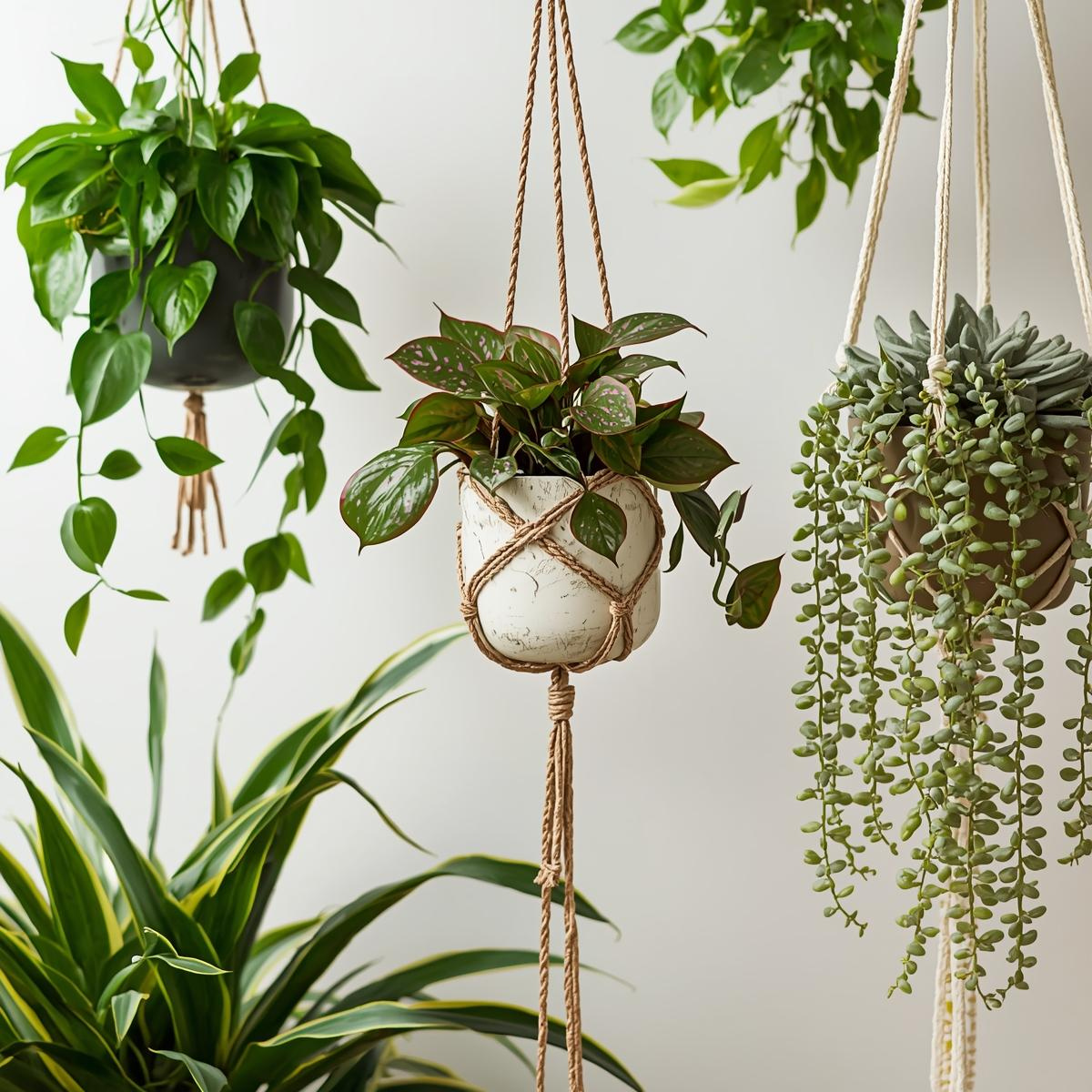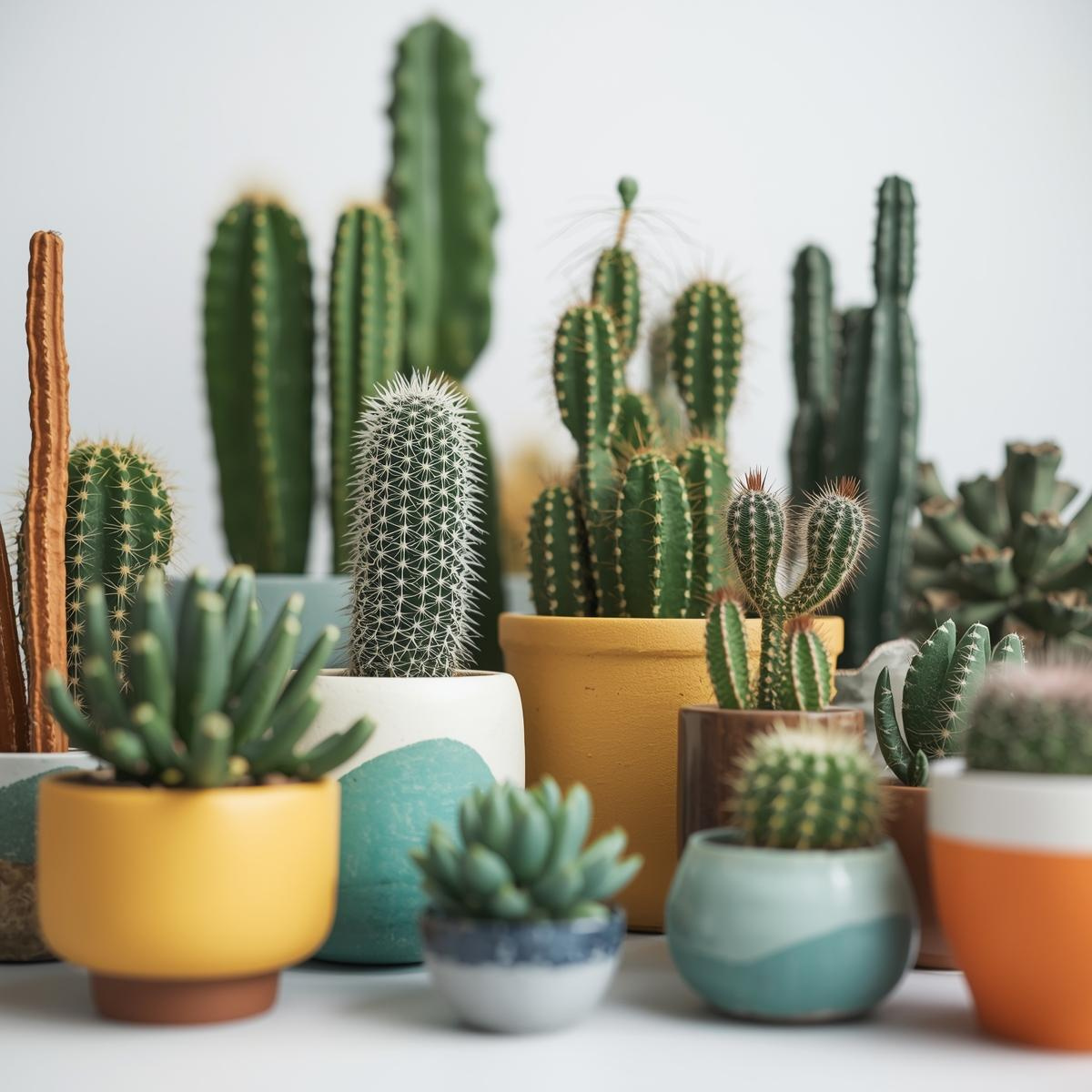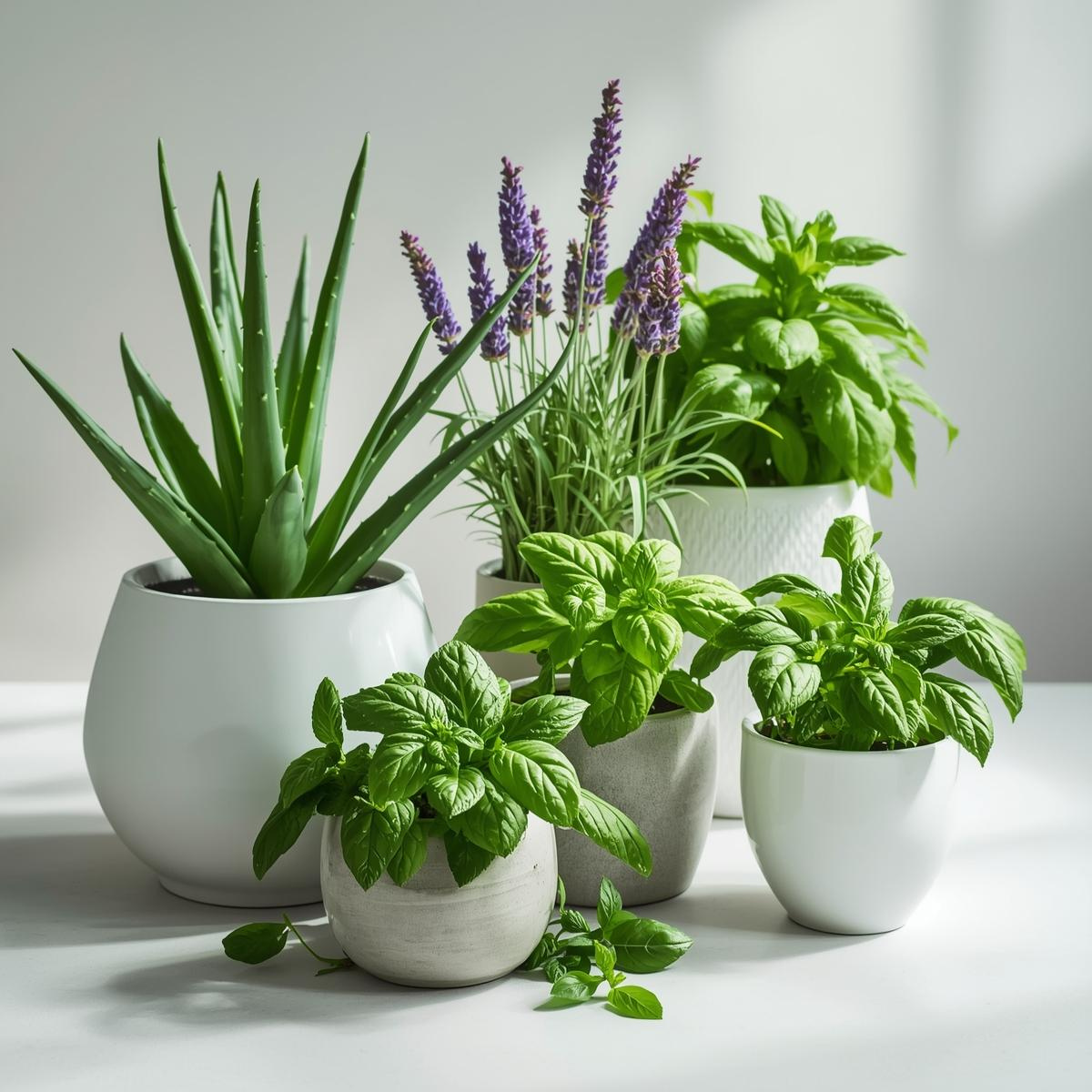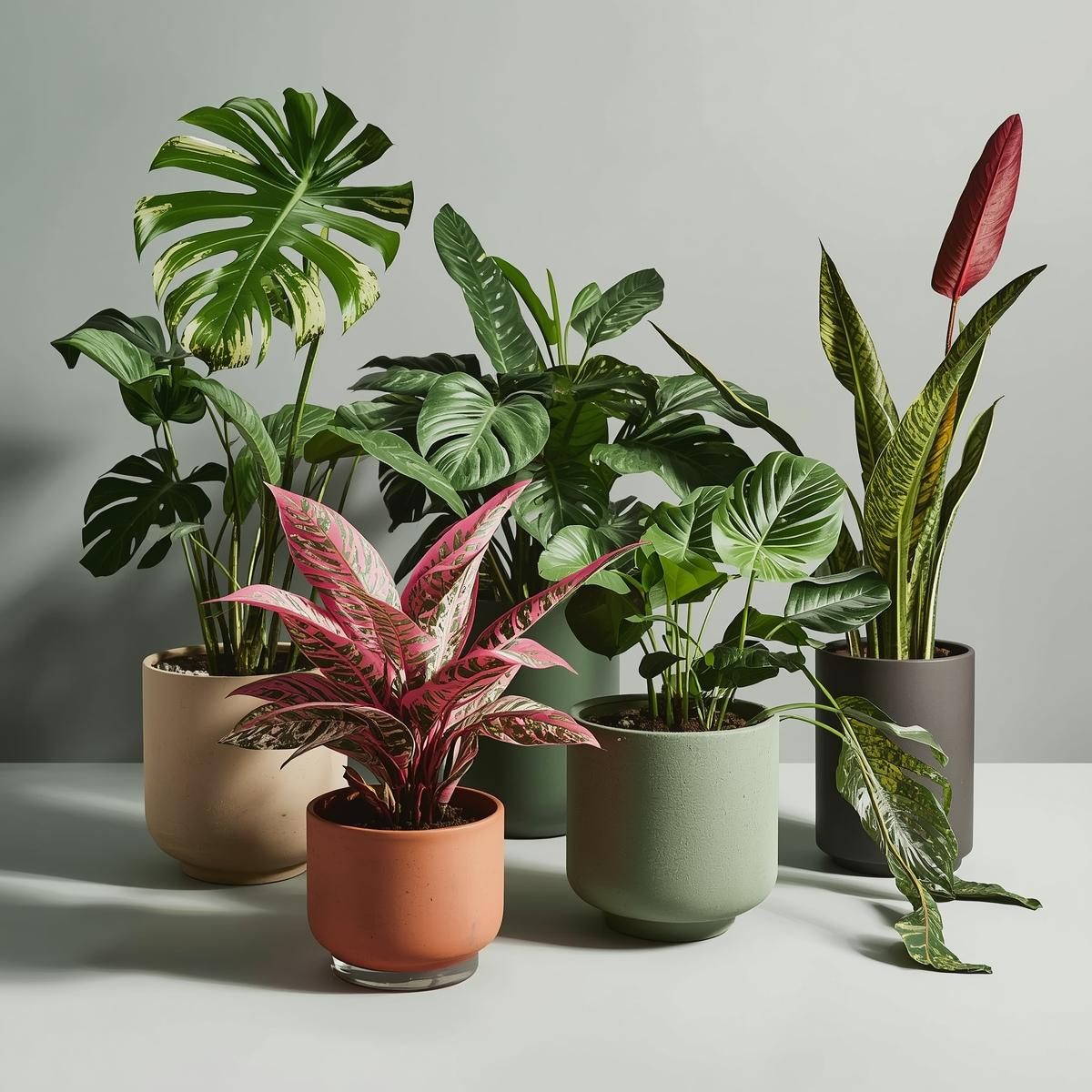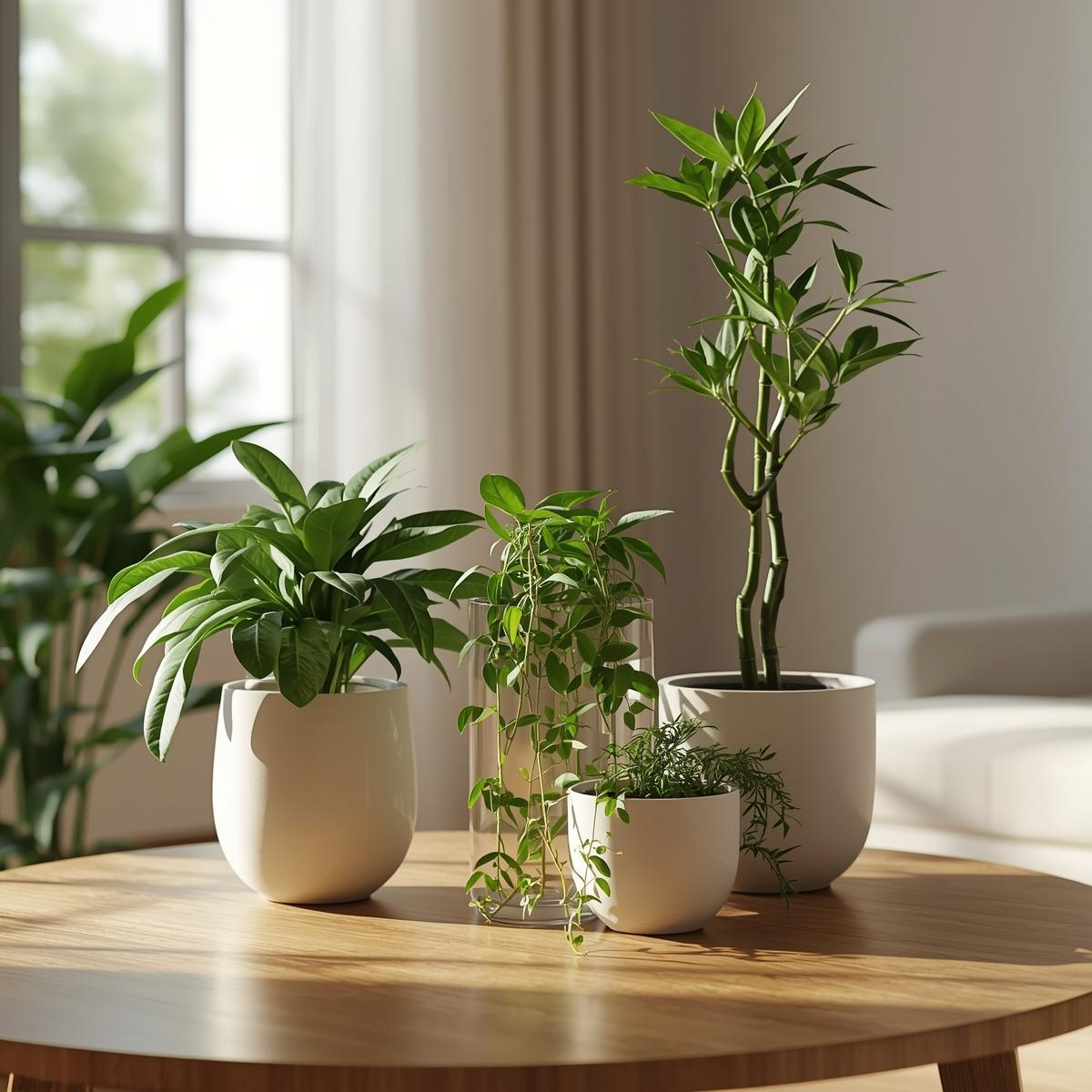How to Revive a Dying Indoor Plant: Step-by-Step Solutions
Indoor plants bring beauty, peace, and freshness into our homes. But even with the best intentions, many plant lovers face the dreaded moment when their green companion starts showing signs of distress—yellowing leaves, drooping stems, or dry soil. The good news is that most struggling plants can be saved if you act quickly.
This guide will walk you through step-by-step solutions to revive a dying indoor plant, specifically tailored for Indian households.
Common Signs That Your Plant is Dying
Before jumping into revival, you need to understand what your plant is trying to tell you. Look for these warning signs:
- Yellowing leaves – Could mean overwatering, poor soil nutrition, or lack of sunlight.
- Drooping or wilting – Usually caused by underwatering, root rot, or heat stress.
- Brown, crispy leaf tips – Often due to dry air, low humidity, or excess fertilizer.
- Slow or no growth – Indicates lack of light, poor soil quality, or nutrient deficiency.
- Mold or fungus on soil – A sign of waterlogging and poor drainage.
Once you identify the problem, you can apply the right solution.
Step-by-Step Guide to Reviving Your Indoor Plant
1. Diagnose the Problem
Every revival starts with observation. Ask yourself:
- Is the soil too dry or soggy?
- Are the leaves yellow or crispy?
- Is the pot getting enough sunlight?
A quick diagnosis helps you avoid giving the wrong “treatment.”
2. Check the Soil & Watering Routine
- Overwatered plants: Roots suffocate in soggy soil, leading to root rot. If the soil feels wet, stop watering immediately. Place the plant in bright, indirect sunlight and let the soil dry out.
- Underwatered plants: If the soil feels bone dry, water deeply until water drains from the bottom. For very dry roots, soak the pot in a tray of water for 30 minutes.
Pro tip: Always check soil moisture with your finger before watering.
3. Improve Drainage
Poor drainage is a leading cause of dying indoor plants. Make sure your pot has holes at the bottom. If not, repot into a container with proper drainage.
Use a well-draining mix such as:
- 40% garden soil
- 30% cocopeat or perlite
- 20% compost
- 10% sand
This ensures roots get enough air and water.
4. Trim Dead or Damaged Parts
Prune away:
- Yellow or brown leaves
- Dead stems
- Rotten roots (if repotting)
This redirects the plant’s energy to healthy growth. Use sterilized scissors to avoid infections.
5. Adjust Light Conditions
Many Indian homes either provide too little or too much sunlight indoors.
- Low-light plants (e.g., snake plant, pothos): Keep in semi-shaded corners. Avoid direct harsh sunlight.
- Sun-loving plants (e.g., succulents, jade, areca palm): Place near windows or balconies with at least 4–5 hours of light.
If your plant is pale or leggy, it likely needs more light. If leaves are scorched, shift it to indirect sunlight.
6. Balance Humidity & Temperature
Indoor plants thrive in moderate humidity, but Indian summers and winters can stress them.
- In hot summers, mist leaves daily or place a water tray nearby.
- In dry winters, group plants together for natural humidity.
- Avoid keeping plants near fans, heaters, or AC vents.
7. Feed with the Right Fertilizer
Sometimes, plants decline simply because they lack nutrients. Use a mild, balanced liquid fertilizer once every 2–4 weeks during growing seasons (spring and monsoon).
For quick revival:
- Use seaweed extract or compost tea for organic nourishment.
- Avoid over-fertilizing, as it can burn roots.
8. Repot If Necessary
If your plant is root-bound (roots circling the pot or coming out of holes), it’s time for a bigger home. Choose a pot 1–2 inches larger and refresh with nutrient-rich soil.
Repotting also helps remove compacted soil that may be suffocating the roots.
9. Watch for Pests & Diseases
Common pests like mealybugs, spider mites, or aphids can weaken indoor plants.
Solutions:
- Wipe leaves with neem oil spray.
- Use mild insecticidal soap once a week.
- Quarantine heavily infected plants to protect others.
10. Be Patient
Reviving a dying plant takes time. Some may bounce back in a week, while others take months. Don’t give up too soon—consistency is key.
Bonus Tips: Preventing Future Plant Problems
- Follow the “soak and dry” method for watering.
- Rotate pots every few weeks so all sides get light.
- Dust leaves gently to keep pores open for photosynthesis.
- Learn each plant’s specific needs (e.g., succulents vs. ferns).
Where to Buy Healthy Indoor Plants Online
Sometimes, plants suffer because they were weak or stressed when purchased. Buying from trusted nurseries ensures quality.
At The Tarva, we provide carefully nurtured indoor plants, ready to thrive in Indian homes. Each plant is delivered with healthy soil, proper potting, and easy care instructions.
Explore our collection at thetarva.com and bring home plants that are healthy, vibrant, and full of life.
Conclusion
A dying plant doesn’t always mean the end. By diagnosing the issue, correcting water, light, and soil conditions, and giving a little extra care, you can bring your indoor plants back to life.
Remember, every plant has its own personality. The more time you spend observing and learning, the better caretaker you’ll become. With patience and the right steps, your fading green friend can once again thrive, purify your air, and brighten your home.
